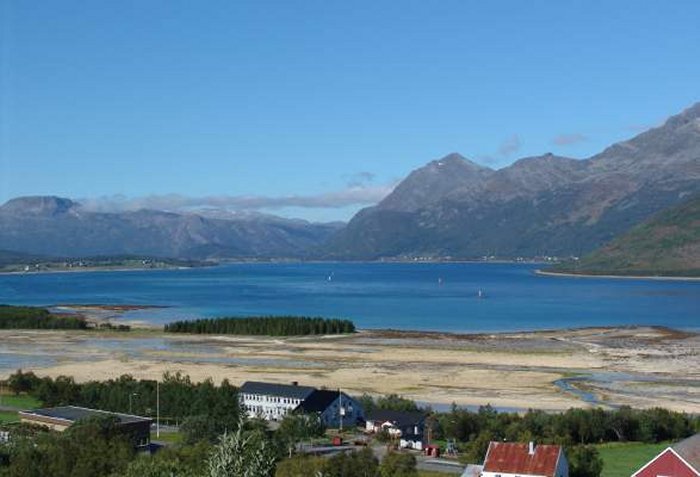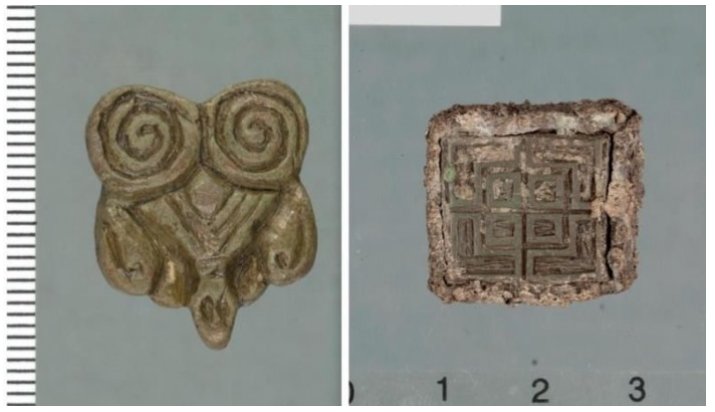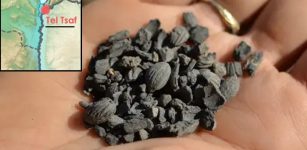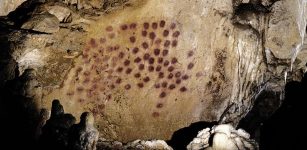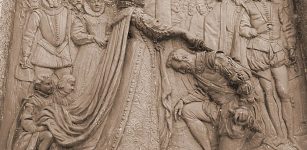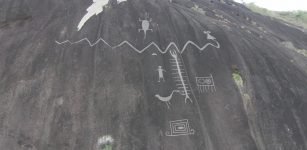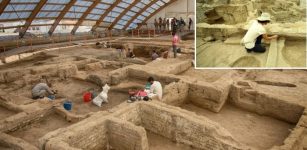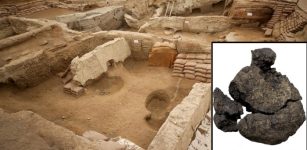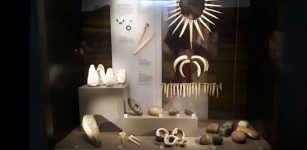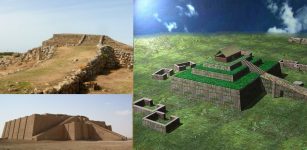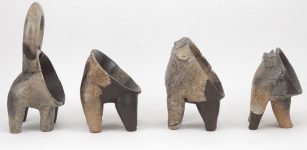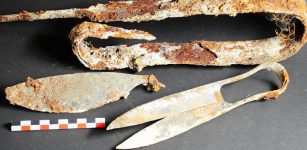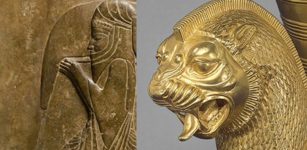Unexpected Discovery Of Viking Trading Place In Norway Re-Writes History
Jan Bartek - AncientPages.com - Anyone with the slightest knowledge of Viking Age history will know the Vikings were excellent craftsmen and merchants who established successful relationships and traded with people from various countries.
Trade was a flourishing activity for the Vikings and they had several trading outposts in Scandinavia like for example, Hedeby that was a prestigious trading center and one of the largest Baltic Sea ports during the Viking Age.
This means we shouldn’t be surprised Tor-Kjetil Krokmyrdal from the Arctic University of Norway who is an archaeology student has discovered yet another Viking trade center, but this finding is of particular interest because it has the potential to re-write ancient history.
Sandtorg is located in the Tjeldsund municipality in Norway. Credit: Visit Norway
In his archaeology master’s thesis, Krokmyrdal reveals the location of a previously unknown Viking trade station that existed at Sandtorg farm in Tjelsund, between the towns of Harstad and Narvik in northern Norway.
Using a metal detector, the student found several magnificent jewelries, coins, and pieces of silver used for payment. Many unearthed objects came from along the British Isles, Finland, and other countries too. There were also Arabic coins and astonishing jewelry that had been produced in Asia.
Several of the objects found at the site date all the way back to the 800s, which makes Sandtorg the first trading place we know of thus far in Northern Norway.
“This discovery means that from now on, researchers need to re-think how societies and trade functioned in this region in the Viking Age and the Early Middle Ages” archaeologist Marte Spangen says, who has been supervising Krokmyrdal in his thesis work.
Imports from the Viking Age: To the left: Eastern origin. To the right: Weights with an inscription from the British Isles (probably Ireland). Credit: Julie Holme Damman, The Arctic University Museum of Norway and Tor-Ketil Krokmyrdal.
The name Sandtorg can be translated to” market or trading place at Sand.” Although the name implies, there should be some kind of evidence of ancient trading activity at the site nothing was found, until now.
Krokmyrdal was curious and eager to learn more so he started reading Norske Gaardnavne, an archaeology book discussing the origin of several Norwegian farm names.
Unfortunately, Krokmyrdal didn’t find any information on Sandtorg, but he kept looking. When he re-examined what he had read, he found an important clue.
“It turned out that he was searching too low, and that the areas he was examining had been underwater during the Viking Age.
Once he moved higher in the terrain, the discoveries started rolling in,” Science in Norway reports.
That’s when he stumbled upon the location of Sandtorg.
“The Sandtorg Farm lies by the strongest current and has probably been a natural place to stop for travelers. Its location and historical sources make it plausible that a chieftain at the farm Sand on the other side of the straits controlled the shipping going through the strong currents in Tjelsund, and might have demanded tariffs of those traveling through the straits as early as the Early Iron Age.
This developed into the trade during the Viking Age, or as Krokmyrdal wants to call it, exchange of goods, a term that covers both the trade of money and the trading of goods and services. This gives the farm name Sandtorg meaning as «the market of the Sand Chieftain».
So, why does this particular Viking trade center has the potential to re-write history?
"This discovery means that from now on, researchers need to rethink how societies and trade functioned in this region in the Viking Age and the Early Middle Ages," said Spangen.
Krokmyrdal is proud of his discovery and with good reason. It’s a dream of every archaeology student to find something as significant as this. Still, he wasn’t very surprised the found the trade center because both because of the source that explained the meaning of the toponym, and other sources that suggested that this was a trading place. Peter Dass mentioned in his writing that the traders “sat closely together in Tjelsundet”.
See also: More Archaeology News
“The location is also very strategic in terms of trade. The current at Sandtorg is really strong, and all the travelers would have to wait until the current turned before they could continue their journey", he explains.
What more natural then than to offer travelers a couple of goods and some time off in the form of “shopping”?
Spangen explained that Krokmyrdal “made specific discoveries that may change how we understand different networks of exchange and what kind of ironwork has been going on in Northern-Norway.”
Krokmyrdahl who completed the archaeology master’s thesis alongside his full-time employment working with logistics at the postal company Post Nord is now changing profession. Starting this summer he will now work as an archaeologist in Norway and hopefully, he will make new exciting discoveries that help to fill the gaps of history.
Written by Jan Bartek - AncientPages.com Staff Writer

